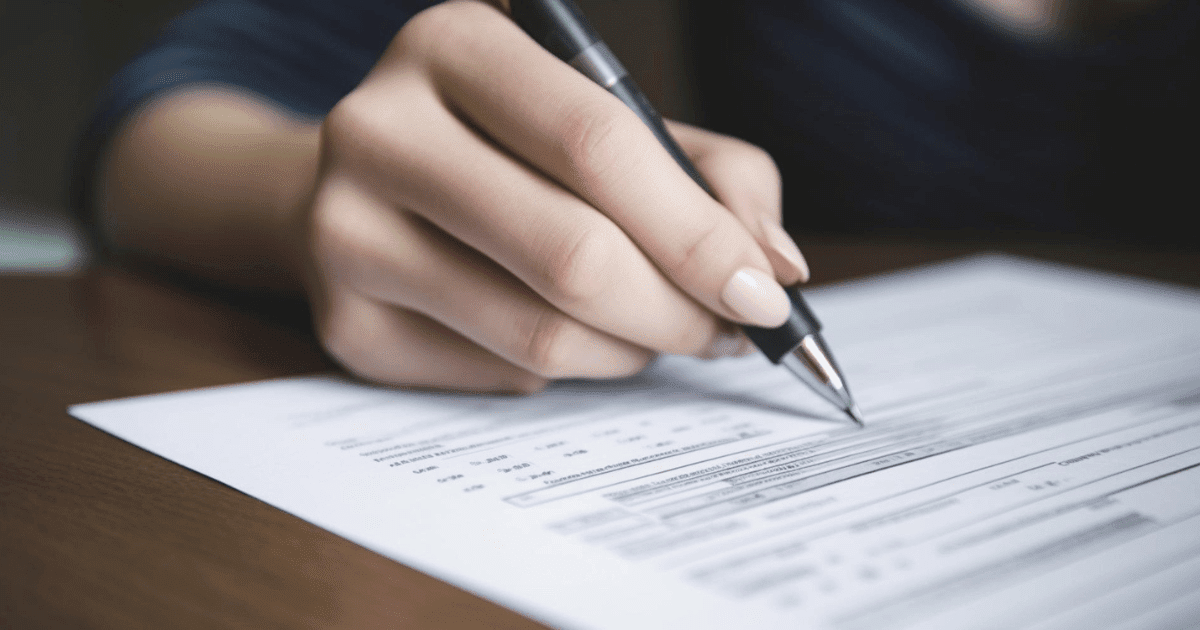
If your company is one of the 96% of all small businesses with a business bank account, you should be getting statements regularly, either in print or digital form. These bank statements can help you learn a lot about managing your company’s money and keeping expenses under control.
If you’re guilty of putting your unread business bank statements in a drawer or, worse, the garbage, read this article until the end. To help you understand and make the most of your business bank statements, we’ll look at what they typically include and how you may use them for your business’ benefit.
What are Business Bank Statements, and How Do You Get Them?
A business bank statement is a document that reflects the monthly transactions of your business checking account. The bank issues it monthly or quarterly in print or digital format to show all the money in or out of your account.
Customers have many options when it comes to retrieving their bank statements. Most banks now allow customers to see or download electronic statements via their online banking systems.
Another option is to send printed statements to the registered address of the consumer, often once a month. To receive these statements promptly, your contact information with your bank must be current. However, unless you performed at least one electronic money transfer that month, there’s no obligation for banks and credit unions to issue a monthly statement. Customers can visit their local bank office to obtain a printed statement. Electronic transfers include:
- Online payments
- Direct deposits
- ATM/debit card transactions
- Automatic payments
What Information Does A Bank Statement Contain?
Although there are some variations in the format of business bank statements, all banks must contain certain information. This is what you can anticipate seeing on your business account statement, whether it’s in print or digital format:
- Bank information: Name, contact information, and mailing address.
- Business account information: Name, address, and account number for the business.
- Statement data: Range of period the statement covers.
- Account Summary: Summarizes the information with initial and ending balances, total deposits, and withdrawals.
- Transactions: All transactions, including deposits, withdrawals, checks, service charges, etc, with dates, descriptions, amounts, and remaining balance.
- Bank message: This may include a message from the financial institution, such as a note or news.
How Do You Use Your Bank Statements For Your Business?
Bank statements have several uses for businesses. It’s important to keep these documents secure to access from time to time for the following purposes:
Identification Verification
Organizations often request bank statements to verify identification since they provide a snapshot of an entity’s spending patterns and assets. In addition to various national paperwork, bank statements are a legitimate means of establishing a business’ identification due to the specific identifiable information they include.
File Tax Returns
Get up-to-date bank statements before you submit your company or employer tax filings. Check your tax returns against your statements to ensure you’re not missing anything.
When filing your company’s taxes, you may rely on your bank statements as supplementary evidence. Your bank statements may serve as evidence that your tax returns are correct in the event of an audit.
Apply For a Loan
Consider the possibilities that a company loan might bring. You may invest in resources, increase staff, or settle outstanding dues. However, here’s the thing– you can only get a loan if you qualify.
Investors, creditors, lenders, business managers, and owners of financial institutions often require bank statements to verify that your business makes sufficient income to repay debt. They may utilize the statement to determine the typical amount of money you deposit and withdraw each month, as well as your average balance.
Obtaining a competitive business loan is next to impossible without company bank statements. You risk being eligible for high-interest loans, which will increase your company expenses and cut your profits.
Bank Statement Reconciliation
You may review your bank statement to verify that your accounting records are correct. The process of balancing your financial accounts is called reconciliation.
When you reconcile your bank statements with your accounting records, you look for discrepancies and correct them. You may compare cash flow, balance, and the number of cash buffer days you have. Keeping tabs on this data over time allows one to identify problematic patterns.
Track Uncashed Checks
Is writing checks a common method of payment for your business? If that’s the case, you may end up spending more than you intend to since you forget about the checks that vendors might not have cashed yet.
You can refer to your company’s bank statement to keep track of uncashed checks. Your statement will show you if the beneficiaries cashed the checks or if the business bank account needs more money to pay them. Regularly compare your bank statements and check register.
Budget For Business
Some spending patterns may stand out when you review your bank statements. You may be spending a significant sum at certain places. Alternatively, you can uncover an underutilized source of consistent revenue.
Looking into your previous transactions might help you predict how much money you will spend in the future. Use the information on your bank statements to simplify making a budget for your company. Employ business forecasting to create well-informed budget plans for the future.
Catch Errors and Avoid Fraud
Concerned about mistakes in processed transactions? What if someone hacks your account? Have you ever wondered why you’re losing more money than you invoiced for? Annually, companies in the United States lose over $300,000 due to invoice fraud.
You can’t prevent fraud from occurring in your organization just by reviewing your business bank statements, but they can help. Checking your bank statements against other financial documents may help you spot inconsistencies. For example, an unfamiliar name may show up with an unwanted charge. Get in touch with your bank to rectify mistakes and check your records more thoroughly to be sure any discrepancies don’t indicate fraud.
Keep Your Business Bank Statements Safe
Although business bank statements do not provide a detailed picture of your company’s financial situation, they are helpful for reviewing past performance. They help you better understand your incoming and outgoing transactions to prevent fraud and plan for the future. You’ll need them even if you plan to apply for a business loan.
You must hold onto these documents and keep them safe for all their uses. They include sensitive financial and personal information and should not get into the wrong hands. Be sure to store them safely or shred paper statements before disposing of them. Never view your electronic statements from a public Wi-Fi network; always use strong passwords to protect your computer and email.








